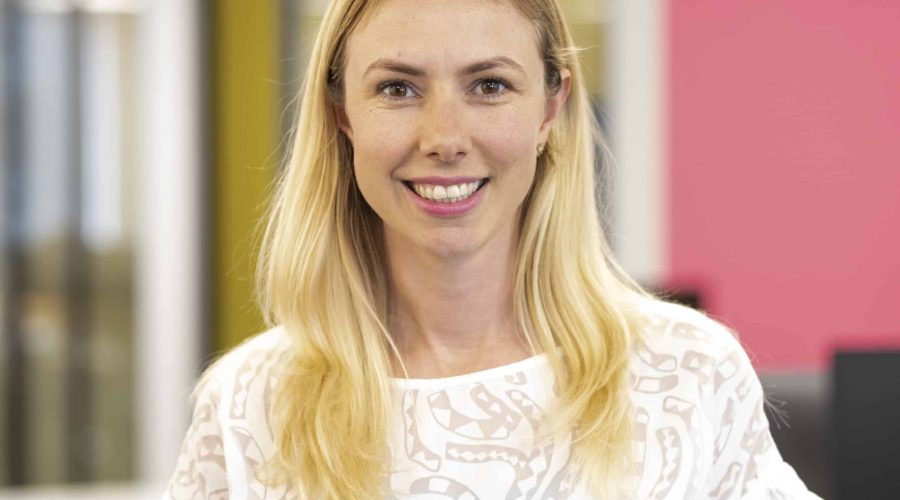The tide is changing and an increasing number of women, especially millennials, are actively investing. So is our Job done? Not even close with many women still failing to launch!
Most research suggests that less than 30% of share market investors are women – that’s in Australia and the United States.
Women tend to feel more confident with household financial decisions rather than investment relates ones, research tells us.
Fear of making the wrong decision, of not being fully informed, or losing out, or not having enough funds to start, or being too late to the game – all play a part in holding back action.
Brooke Roberts, Co-Founder and Director, of female-led investment platform Sharesies wants to empower female investors to close the wealth gap.
“Not everyone has been encouraged to invest and become financially empowered,” she says.
“There are many underrepresented groups, including women, who have traditionally been excluded from access to financial education and opportunities to grow their wealth. However, there’s a shift happening here with more discussion around female financial empowerment. In fact, data from the ASX showed a significant spike in women intending to invest – 49% of women, compared to 51% of men.
“There is a also misconception that investing in shares is an inherently high-risk activity.
“A Sharesies commissioned survey from earlier this year revealed that women have lower risk appetite when it comes to investing than men. This is mostly a symptom of the first point.
“However, shares, just like any other kind of investment, have lower risk and higher risk options. Whether you’re holding cash in your savings account, buying bonds, or investing in property, all investments come with risk. What is important is that people do their research, choose what they’re comfortable with and ensure it aligns with their own risk appetite.”
Despite these barriers to entry, the rise of #fininfluencers, online education, greater money-making potential and wealth gap awareness, all seems to be contributing to an increase in women now wanting to tip their toes into investing.
A survey of men and women in the US by Fidelity Investments found that while only a third of women feel confident investing, of those, 67% of women are now investing savings they have outside of retirement accounts and emergency funds in the stock market, which represents a 44% increase from 2018, according to the research.
Millennial women make up the most active investors (71%), then generation X (67%) followed by baby boomers (62%).
The research also found that of more than 5 million Fidelity customers over the last ten years, women outperformed their male counterparts by 40 basis points or 0.4%.
I asked Roberts for her advice to women getting started or advancing their investment journey and she had this to say:
I’m a big fan of dollar cost averaging and diversification…
● Dollar-cost averaging – when you choose a group of investments and consistently invest the same amount on a regular basis, regardless of what the price is.
● Diversification – not putting all the same fruit in your basket. Instead, having a mix of fruit like bananas, apples, kiwis and pineapples (or a range of companies and exchange-traded funds) to have a delicious, nutritious basket (or a diverse investment portfolio).
“The ultimate aim for me is to create the most financially empowered generation yet. When we started Sharesies and launched in Australia at the start of this year, one of our biggest goals was (and still is) being able to provide more equitable access to wealth development,” says Ms Roberts – adding that’s why the platform has no minimum investment amount.
“Removing barriers like high entry cost is crucial because it has a real-world impact in giving access to people who haven’t had that access before,” she said.
Being a Financy Member is an investment in female financial progress and achieving economic equality. Thank you for joining the movement!













